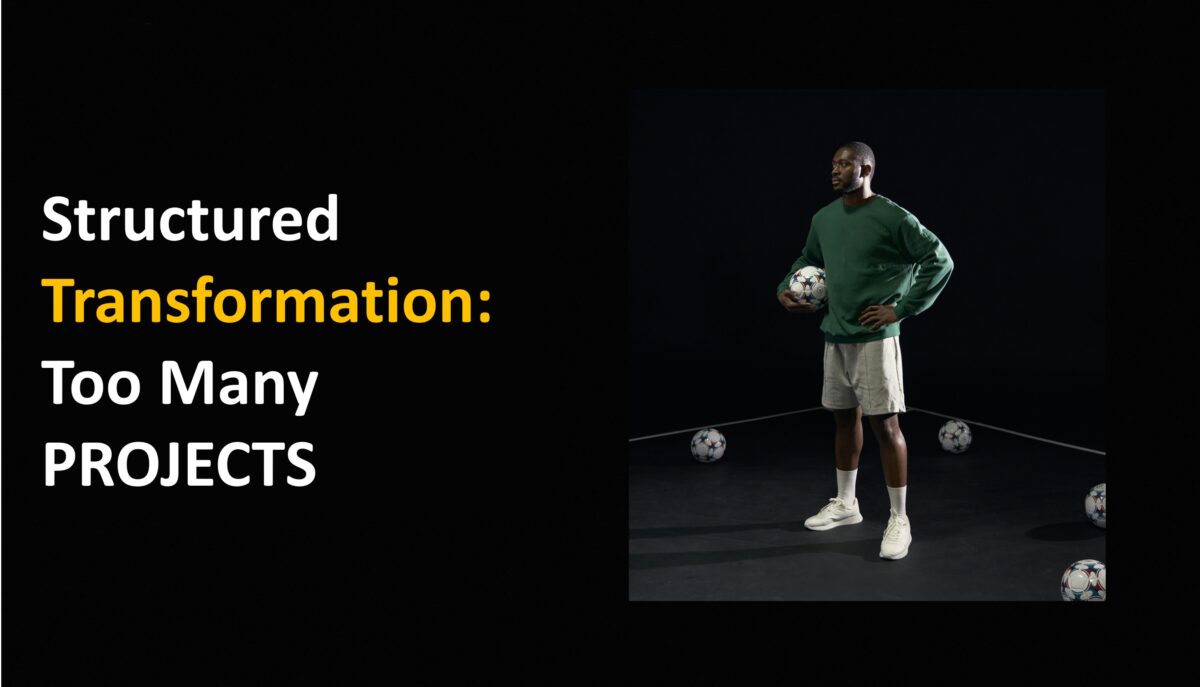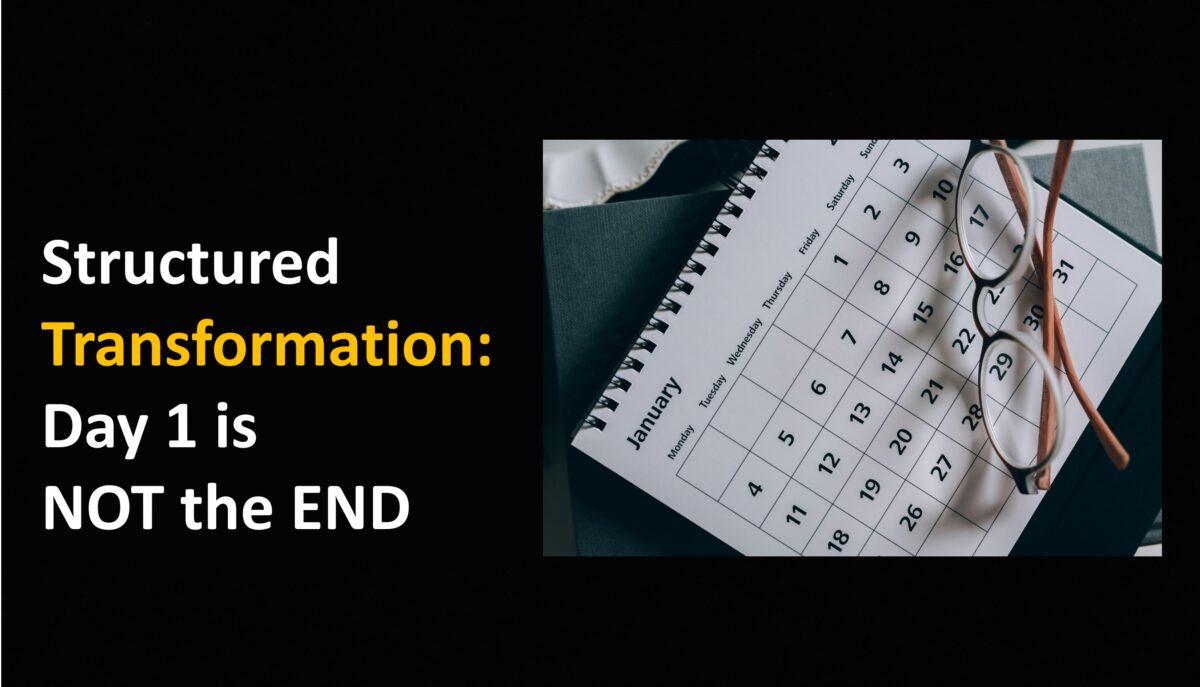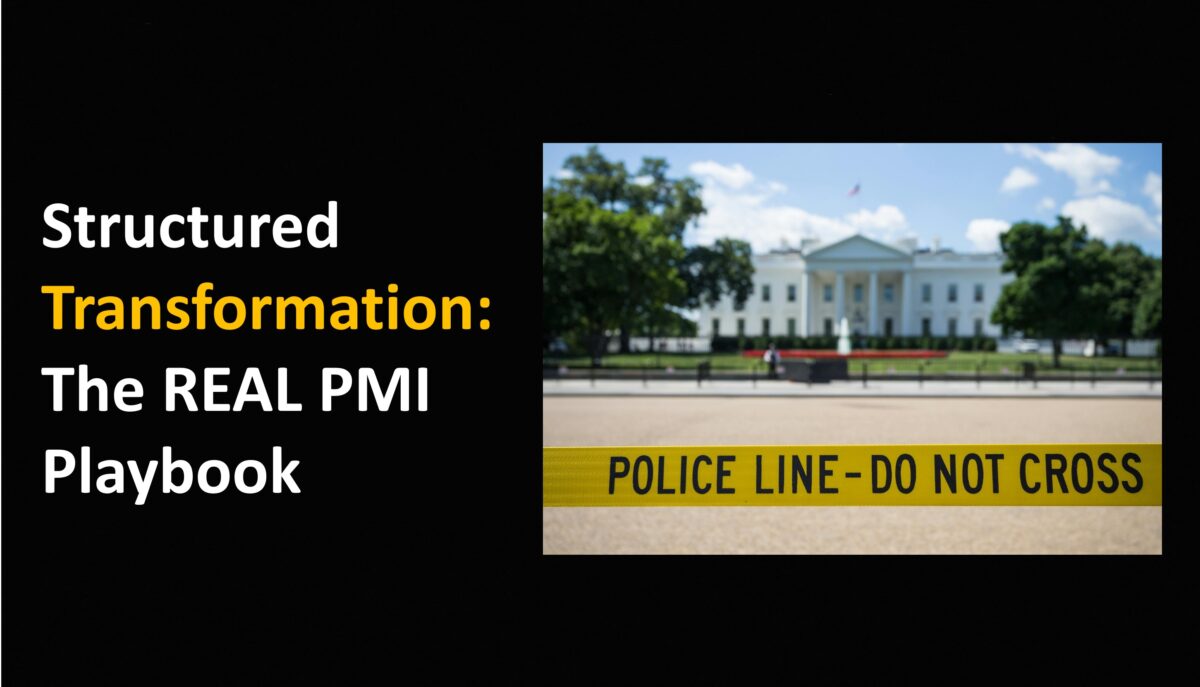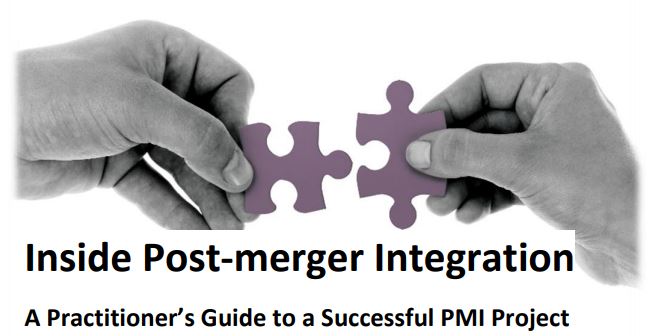Buy & Build – aber ohne Integration? Warum der Erfolg vieler Wachstumsstrategien auf der Strecke bleibt
Buy & Build klingt verlockend:
Ein Unternehmen kauft mehrere Betriebe aus derselben Branche, bündelt Know-how, nutzt Skaleneffekte – und wächst rasant.
Auf dem Papier entstehen Synergien, die das finanzielle Modell glänzend aussehen lassen.
Doch in der Realität sieht es oft anders aus.
Die Holding wächst schneller, als sie integrieren kann.
Jedes neu gekaufte Unternehmen bringt eigene Systeme, Prozesse, Tools und Kulturen mit – und plötzlich kämpft man nicht mit Wachstum, sondern mit Komplexität.
Das klassische Szenario
Ein CEO erzählt mir kürzlich:
„Wir haben in den letzten zwei Jahren fünf Unternehmen übernommen. Alle sind in der gleichen Branche tätig – und doch arbeitet jedes völlig anders. Jedes hat eigene Systeme für Planung, Abrechnung, Reporting und HR. Wir wollten eigentlich Synergien heben. Heute kämpfen wir damit, überhaupt vergleichbare Zahlen zu bekommen.“
Das Ergebnis:
- Konsolidierung dauert ewig.
- Reporting ist mühsam und fehleranfällig.
- Alle Projekte haben Priorität 1.
- Teams sind frustriert, weil sie mehr verwalten als gestalten.
- PE-Investoren drängen auf Ergebnisse
Es gibt unzählige Projekte, aber kein koordiniertes Programm. Genau hier kippt das Modell:
Die Synergien, auf denen die Bewertung basiert, bleiben aus.
Warum Buy & Build oft ins Stocken gerät
1️⃣ Fehlende Plattformstrategie
Ohne klares Zielbild, wie die Gruppe operativ zusammenwachsen soll, bleibt jedes Unternehmen ein Inselbetrieb.
2️⃣ Überforderung des Managements
Die Top-Teams müssen gleichzeitig Tagesgeschäft, Integration und Reporting stemmen.
Ergebnis: Dauerstress statt Fortschritt.
3️⃣ Kein Programmmanagement
Jeder arbeitet an „seinem“ Projekt, aber niemand steuert die Gesamtarchitektur.
4️⃣ Unklare Prioritäten
Wenn alles wichtig ist, verliert die Organisation Orientierung.
Was erfolgreiche Buy & Build-Strategien anders machen
1️⃣ Klare Priorisierung
Welche Ergebnisse müssen erreicht werden, um die Strategie zu erfüllen?
Was zahlt auf Synergien, Skalierung und Effizienz ein – und was nicht?
2️⃣ Design einer Plattformarchitektur
Bevor integriert wird, muss klar sein, wohin.
Welche Prozesse, Systeme und Strukturen bilden die Plattform, auf der alle arbeiten?
Welche Standards gelten künftig für Reporting, Controlling, HR und Einkauf?
3️⃣ Proof of Concept zuerst
Ein Pilot mit 1–2 Gesellschaften schafft Erfahrungen und zeigt, was wirklich funktioniert – bevor die Komplexität explodiert.
4️⃣ Governance und PMO
Ein zentrales Programmmanagement priorisiert, strukturiert und stellt sicher, dass Initiativen ineinandergreifen.
5️⃣ Kapazität schaffen – “Operate while Transform”
Erfolgreiche Integrationen funktionieren nur, wenn das Management nicht permanent im Tagesgeschäft gefangen ist.
Entlastung durch erfahrene Transformation Leads ist kein Luxus, sondern Bedingung für Erfolg.
6️⃣ Integration von Experten
Systemintegratoren, Steuerberater, IT – sie alle müssen orchestriert werden.
Das gelingt nur mit einem starken Steuerungsteam, das fachliche Tiefe mit Führungskompetenz verbindet.
Das Ziel: Von Zukäufen zu echter Wertschöpfung
Buy & Build kann enorme Werte schaffen – wenn Integration systematisch angegangen wird. Sonst bleibt es bei einer Holding mit Einzelunternehmen, die vielleicht unter einer Marke firmieren, aber nicht wirklich zusammenarbeiten.









